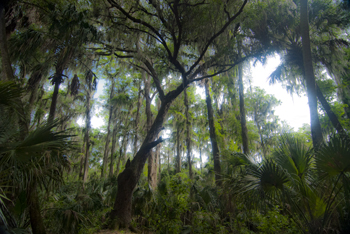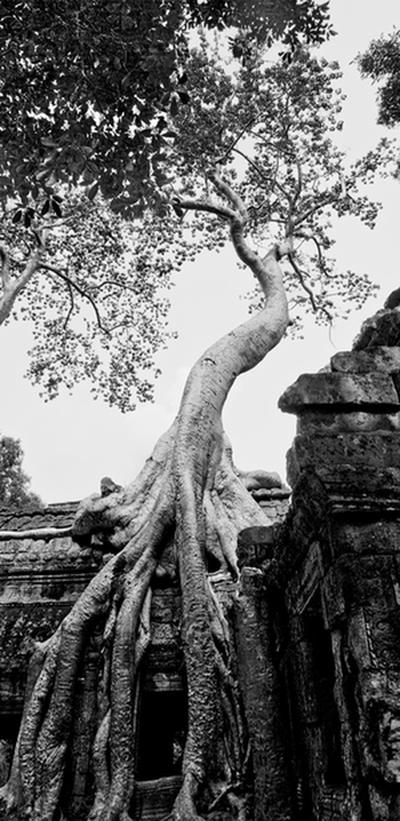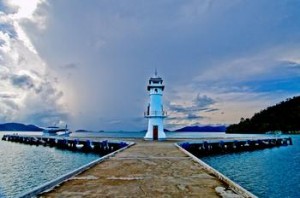The Comet and the Cartographer

I’ve written earlier about the way maps are used to convey information about our world and how the information maps convey has extended far beyond the basic morphology, and the boundaries and formations humans place upon the earth. But how did the idea of using maps to present things like the distribution of population and average income come about?
The potential for such maps stretches right back to Ptolemy, but it was a certain Edmond Halley who made the first of what are known today as thematic maps. You see Halley, the same Halley who was a friend to Isaac Newton and who, in the 17th century, predicted the periodic return of a certain comet, also predicted that certain phenomena may be better presented as maps than through the use of words. He produced what is considered the first meteorological chart – of prevailing winds. He also published a map of the North and South Atlantic which showed variations of terrestrial magnetism by charting variations of the compass needle from true north. His map, created after two years of observations, charted these variations by using curved lines on a map that connected areas of equal value—a process that is used today, with isolines connecting areas on a map of similar elevation or depth.

The inspiration Halley provided led to the creation of maps in the 19th century that set out similar lines, isotherms, for temperature and isobars for barometric pressure. In the 19th century other means of conveying information beyond basic geography were also developed. For example, the use of larger or smaller circles to convey larger or smaller cities. Plotting of incidents of cholera and London water pumps on a map not only showed where the deaths occurred, but also demonstrated the use of maps as analytical investigative tools when all the deaths could be linked to a single water pump.
The development of thematic maps has continued, with odd maps called ‘winds of influence’ that group places of similarity such as use of technology, so that, in the 1980s, first-world countries were grouped closely together, while third world countries were separated by distance, illustrating how far behind some countries were. Maps of influence helped track and demonstrate the spread of botany across the South Pacific, and also gave clues to the spread of Polynesians over the Pacific.

So while Halley gifted us with the understanding that a comet returns periodically to our night skies, his greater gift might be the idea that maps can be so much more than representations of geography and international boundaries. Most of all, his use of isolines led to the bloom of maps as a means of showing the connections within our world.









